Ans.
The reagent retailers will deal with the order of Karl Fischer reagents and the inquiry about the cost and the delivery date. It is conducted on the page of the link of retailers.
Ans.
The SDS is distributed at this site. If you register
here, you will become possible to download in the page of SDS.
Ans.
The study report is distributed at this site. It can be downloaded in the page of the study report (COA).
Ans.
The warranty period is the period after manufacture in the unopened condition as shown below.
| Reagents for coulometric titration method |
Anolyte/catholyte/electrolyte solutions |
5 years |
| Titrant for volumetric titration method |
Titers of 1 mg, 3 mg, 5 mg and 10 mg |
3 years |
| Dehydrating solvent for volumetric titration method |
Various |
5 years |
| Water standard sample |
Water standard solution of 10 mg |
5 years |
| Water standard solutions of 1 mg, 0.2 mg and 0.1 mg |
3 years |
| Solid water standard sample |
5 years |
| Related articles |
Standard water-methanol |
3 years |
The lot number shows the alphabets, A, B or C, the month of manufacture, 1, 2, 3, etc., and the first 2 digits of the figure show the year of manufacture (last 2 digits of the year).
Example) D05123 means the manufacture in April 2005.
Apparatus (moisture measuring system)
Ans.
For the measuring system, “calibration” is not necessary, but it is recommended to confirm the accuracy by measuring the standard sample.
In a volumetric titration method, it is important to determine the titer of titrant exactly. It is appropriate to calibrate the system at the time of changing the titrant and once about 2 weeks, but it is more reliable to confirm the accuracy before determination of the sample every day. In a coulometric titration method, the accuracy shall be confirmed by measuring the standard samples or water. In the presence of any abnormality, maintenance shall be conducted by cleaning the electrodes, or changing the reagent to obtain normal values.
Ans.
The detecting electrode shall be cleaned by wiping gently with a paper wiper. An extreme change in the distance between platinum electrodes or the way of polishing to scratch the electrode shall be avoided. If the cathode chamber (electrolysis cell) for coulometric titration method is contaminated, it shall be washed with solvents such as alcohols. If it is severely contaminated, it shall be washed gently with a toothbrush immersed in neutral detergent, rinsed gently with water and dried sufficiently. Attention shall be paid not to break the platinum wire.
Ans.
The set temperature is accurate at the position of thermoelectric couple. Since this is not a thermal analyzer, however, it shall be understood that the set temperature is not strictly consistent with the sample temperature.
Ans.
It was confirmed that the flow within the normal range of use did not influence on the measured values.
Ans.
The moisture measuring system is sold by Nittoseiko Analytech Co., Ltd.. The inquiry about the system is also received by this company.
Ans.
To shorten an analysis time and/or gain more accurate results by cleaning an electrode tip when dehydration is not completed although Iodine exists sufficiently in excess or dehydration requires a longer time. Find this file.
Ans.
To shorten an analytical time and/or gain more accurate results by cleaning an electrode tip, when dehydration is not completed although Iodine exists sufficiently in excess or dehydration requires a longer time. Find this file.
Ans.
To validate Coulometric moisture meter by using AQUAMICRON Water Standard.
Find this file.
Water determination
Ans.
This event occurs when the “titration continuation time” is set and becomes lower than the BG level at the start of determination. An extremely low moisture level in the sample and an interfering reaction (oxidation of iodide) with oxidative substances are assumed.
Ans.
It is desirable to dissolve the sample in a dehydrating solvent, but it is considered that the moisture in the sample can be extracted if it is not dissolved but dispersed uniformly. According to the sample, extraction may be insufficient in the cases of nonuniform liquid or large masses, but the moisture is generally extracted very quickly into dehydrating solvents.
Ans.
The circumstances are different according to the sample. If the value is higher in the loss on drying method, loss of substances other than the moisture due to heating is considered. If the value is higher in the KF method, it is considered that interference reactions may occur in the KF reaction. There is a measuring method to prevent interfering reactions. If you are not sure about this matter, please contact us.
Ans.
Various factors, including the type of sample, the amount of moisture, the handling method of samples, the level of proficiency of operation and the conditions of apparatus and reagents, are involved in the precision of analysis and the lower limit of quantification. The measure of the performance of analysis is as shown below.
Measure of the amount of moisture (analytical value) and relative standard deviation
Coulometric titration
method |
Relative standard deviation
(RSD) |
Volumetric titration
method |
| Less than 100 ug |
10% to within 30% |
Less than 1 mg |
| 100 to 1000 ug |
Within 5% |
1 to 5 mg |
| More than 1000 ug |
Within 3% |
More than 5 mg |
Ans.
Trace moisture measurement in plastics is one of the important inspection items. Careful operation is needed to protect dried plastics from being affected by moisture absorption. Find this file.
Ans.
It will help you to understand easily once you watch this instruction video.


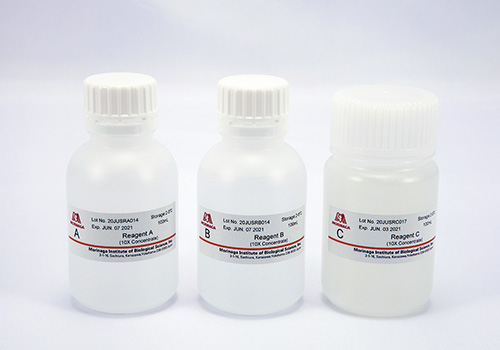
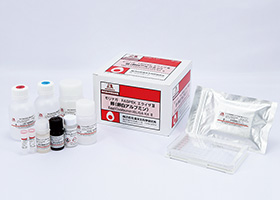 Egg (Ovalbumin) ELISA KitⅡ
Egg (Ovalbumin) ELISA KitⅡ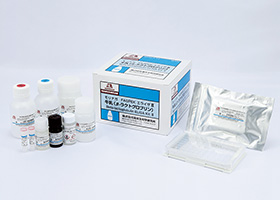 Beta-lactoglobulin ELISA KitⅡ
Beta-lactoglobulin ELISA KitⅡ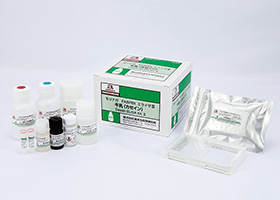 Casein ELISA KitⅡ
Casein ELISA KitⅡ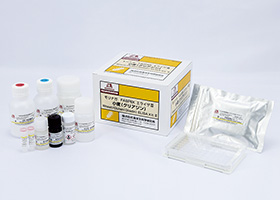 Wheat/Gluten (Gliadin) ELISA KitⅡ
Wheat/Gluten (Gliadin) ELISA KitⅡ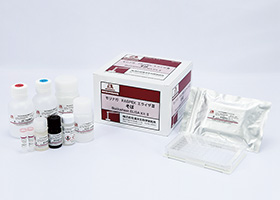 Buckwheat ELISA KitⅡ
Buckwheat ELISA KitⅡ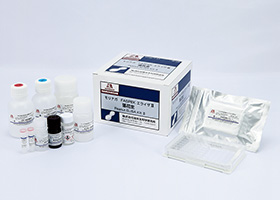 Peanut ELISA KitⅡ
Peanut ELISA KitⅡ Soya ELISA KitⅡ
Soya ELISA KitⅡ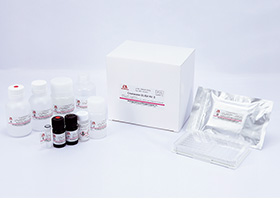 Crustacean ELISA KitⅡ
Crustacean ELISA KitⅡ Hazelnut ELISA KitⅡ
Hazelnut ELISA KitⅡ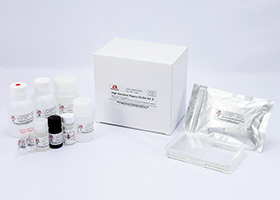 High Sensitive Peanut ELISA KitⅡ
High Sensitive Peanut ELISA KitⅡ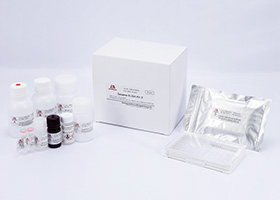 Sesame ELISA KitⅡ
Sesame ELISA KitⅡ